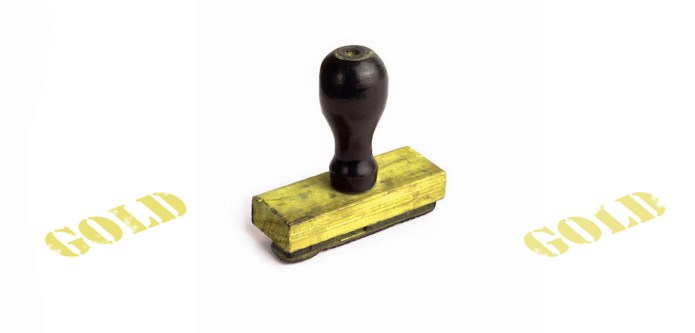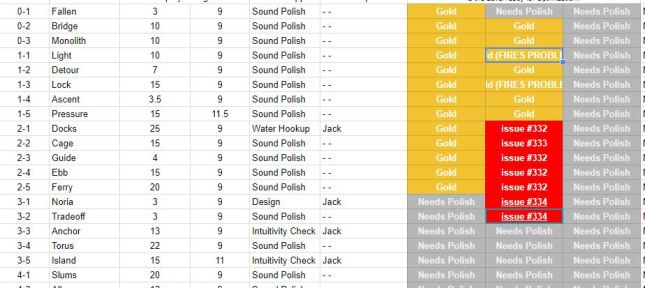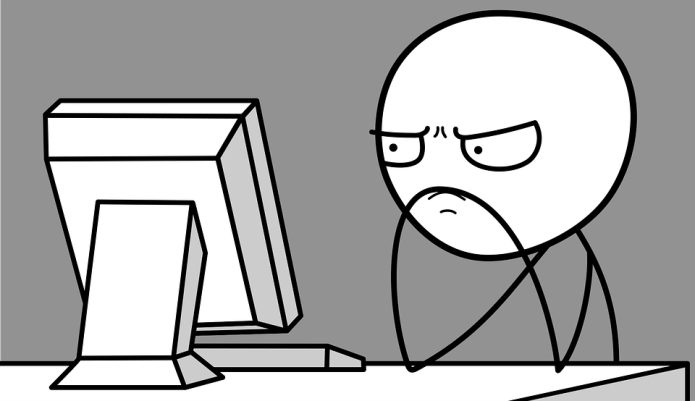In order to figure out what I was gonna write about this week, I took a quick scroll through the past few posts we’ve written, and I noticed something about the general tone of our blogs of late. Thanks to the pressure to get Where Shadows Slumber done, and the fact that we’ve entirely run out of new ideas for blog posts, everything we’ve written recently seems to have fallen into one of two camps:
- A half-hearted explanation of a part of the game no one really wants to hear about, because we can’t afford to waste time writing blogs when we have work to do.
- A frantic excuse for why the game hasn’t been released yet, which generally boils down to “working on this game is sucking out my soul”.
Even those descriptions fall into one of those categories! (Hint: it’s the second one). That fact aside, I’ve decided to take it in a different, more positive direction this week! Instead of talking about how much game development sucks, let’s talk about all the good that’s come from working on Where Shadows Slumber.
Lessons Learned
The first and most obvious positive result of working on Where Shadows Slumber would have to be the things that I’ve learned. Creating an entire game from the ground up in a game engine that I didn’t have much experience with has been incredibly challenging, but it has also left me with a lot of new knowledge and valuable experience.

I’m still not the best coder on the team. That honor goes to Obe.
- Unity itself. Unity is a very powerful, and professional, game engine. It may not have all of the depth of something like Unreal, or all of the customization of writing your own engine from the ground up, but there’s really no arguing that it’s not a “real” game engine. In fact, there is now a certification for programming in Unity.
- C#. As a programmer, you get pretty used to picking up new languages, and, for the most part, it gets easier with every one you learn. The fact that I was able to learn C# isn’t the takeaway here – the fact that I was motivated to learn C# is. Without Where Shadows Slumber, I simply wouldn’t have had any reason to extend my programming repertoire.
- Shaders. One of the most difficult technical challenges this project has posed has been the shaders. For the most part, the programming required for the actual game logic was similar to code I’ve written before. Shaders, however, delve into a very different type of programming. I now know far more about how Unity renders a frame than I ever thought I would, and I’m pretty happy to have that knowledge. Even if I don’t have to do any rendering work again, I’m glad to know what’s happening under the hood.
- Project management. To continue a running theme throughout our blog posts, I’ll mention that this was the one that took me by surprise. When this project started, I was well aware of (most of) the technical challenges that lay ahead. What I didn’t anticipate was handling the vast array of tasks involved with actually managing a project. Where Shadows Slumber has helped me advance from a quintessential disorganized coder all the way to a slightly-less-disorganized coder!
There are a million other, small things that I learned throughout the production of the game, but these are the big ones. Throughout its development, Where Shadows Slumber has had a lot to teach me!
Personal Life
Another important (and perhaps more poignant) side-effect of working on Where Shadows Slumber is the personal relationships that it has helped cultivate.

BFFs Forever!
Frank and I were friends in college, but just barely. We were in the same sketch comedy group, but outside of that, we didn’t really hang out. I guarantee that if it weren’t for Where Shadows Slumber, we wouldn’t be in contact at this point, and it probably would have been several years since we’d seen each other. Now, however, we’re definitely friends, and close friends at that. Frank and I are in nearly constant contact, which, annoying as it can be, keeps us pretty close. I don’t want to bore you by getting too gushy, so let’s just say that we do a good job of tolerating each other.
In addition to bolstering an existing friendship, this project has also created new friendships – with Alba and Noah, our sound engineers! They’re totally awesome, and I look forward to spending more time with them, hopefully even after we’re done with Where Shadows Slumber!
We may not be as close, but the other people that we’ve gotten to know are all of you! As an indie game, we have to do a lot of work to make sure people hear about the game. Throughout the past few years, we’ve been to over a dozen conventions, showcasing and pitching the game, making a name for ourselves, and, most importantly, meeting a bunch of really cool people! Seriously, all of the people we’ve met throughout this process, whether they be other game developers, fans, or just normal con-goers, are great. No matter if I’m annoyed with the game or frustrated with the drudge of development, going to a convention and seeing new people playing the game, or old fans coming back to check in, is always incredible. There are a lot of aspects of Where Shadows Slumber that I love, but that’s definitely the best part.
The Game Itself
I guess the actual most obvious result from Where Shadows Slumber would be the piles and piles of money we’re going to make from it. That, however, is not the point – as much as I would love for Where Shadows Slumber to make some money, that’s really ancillary to the whole ethos of the project.
Frank and I are avid gamers, and always have been. We set out not to make a lot of money or make the most popular game ever. We wanted to create something beautiful, something we could be proud of – and in that sense, I think we’ve done a pretty good job. When I look back on this project, I’m not going to look at my net profit – I’m going to look at Where Shadows Slumber itself, and I think I’ll always be happy with it.

I think we’ve got a chance at this one!
Of course, Where Shadows Slumber will serve as more than just an ephemeral trophy to put on my emotional mantle. The game itself is the end goal here, and there are some tangible benefits to that:
- Money. Even though this isn’t the goal of the project, Frank and I are both hoping to make a little something for our efforts.
- “Resume bait”. At some point in the future, I expect that I’ll be looking for a job. When that time comes, I’ll be handing out my resume, hoping to catch the eye of some company. But I may be just one of hundreds of applicants, all with similar experience and qualifications. How can I stand out? By having something awesome on my resume, something that other people won’t have, something that shows that I can set a goal and reach it, that I can meet technical challenges, and that I can manage a development process.
- Experience. Working on Where Shadows Slumber has given me an incredible cache of experience to draw on. Pretty much any technical problem I run into, I can find a parallel with some part of the development of Where Shadows Slumber. The end result is a game that’s more than a game; every part of that game represents a different challenge and a different piece of knowledge that I can now look back on.
- A trophy. I know I said that Where Shadows Slumber was more than just a trophy, but it is also that. From conception to completion, Frank and I have worked tirelessly to bring this idea to life. This is something we’ve built ourselves, from the ground up, and it always will be. It’s something we can be proud of, and something we can always look back on.
A Fond Farewell

Thanks for listening to me ramble on for a little bit. Anyone who has ever worked on a software development project (or pretty much any long project) knows just how stressful life can start to become when you reach the dreaded “crunch time”. We all end up hating our games as they come out, and I don’t want that to be the way that Where Shadows Slumber is released. So I’m glad I got a chance to take the time and share with you all the good things Where Shadows Slumber has done for me!
= = = = = = = = = = = = = = = = = = = = = = = = = = = = = = = = = = = =
You can always find out more about our game and how awesome it is at WhereShadowsSlumber.com, find us on Twitter (@GameRevenant), Facebook, itch.io, or Twitch, join the Game Revenant Discord, and feel free to email us directly with any questions or feedback at contact@GameRevenant.com.
Jack Kelly is the head developer and designer for Where Shadows Slumber.










